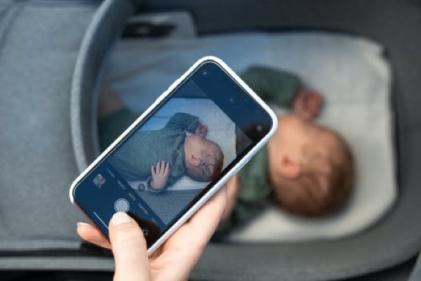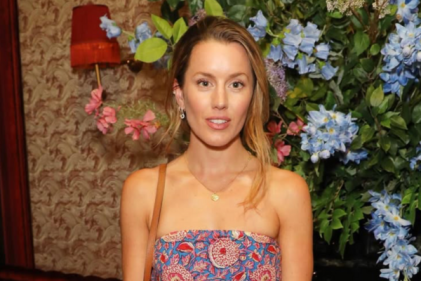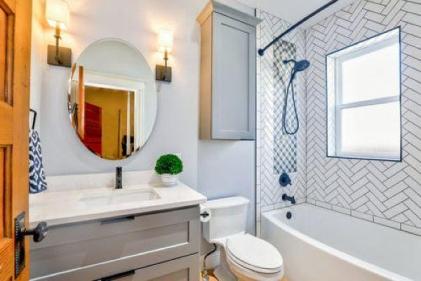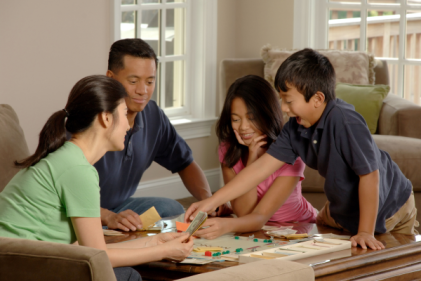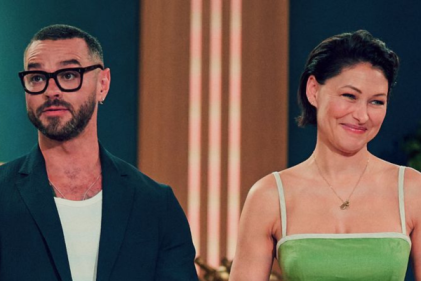Once diagnosed, a lazy eye (amblyopia) is treated by an eye specialist (ophthalmologist) and an orthoptist (a specialist in childhood eye problems). The younger the child is when a lazy eye is diagnosed, the more successful treatment is likely to be. If treatment is started after the age of eight, it is unlikely to be as successful.
The two main treatment options for a lazy eye are:
- Treating, or correcting, any underlying eye problems, and
- Forcing the affected eye to work so that vision can develop properly.
Treating underlying eye problems
You may not realise that your child has a vision problem unless their sight is tested. For example, if your child has anisometropia (unequal vision), the sight in one of his eyes will be good and will become the main source of vision. However, the eye that is not being used may become lazy.
Glasses
Vision problems, such as long- or short-sightedness, can be corrected using glasses. These will usually need to be worn constantly so that the orthoptist (a health care prefessional who diagnoses and treats eye disorders like ambyopia or strabismus) can check the effect that they are having on the lazy eye. Glasses may also help to straighten a squint and, in some cases, can fix the lazy eye without the need for further treatment.
Your child may say that he can see better without his glasses. This is because their eyes have become used to working hard to focus, and he now finds it hard to let the glasses focus for him. He will need plenty of encouragement to wear his glasses continuously in order to correct the lazy eye.
Surgery
Cataracts can be removed to treat blurred and distorted vision. Cataract surgery can be carried out either under local, or general, anaesthetic, and the procedure can sometimes take as little as 20 minutes.
Your child may be kept in hospital overnight to check his recovery process, and he may have to use an eye patch, or eye drops, afterwards.
A droopy eye lid (ptosis, or blepharoptosis) can also be corrected using surgery.
Making the affected eye work
A number of different treatments options can be used in order to make the affected eye work.
Using a patch
Using a patch is also known as occulation. It involves placing a patch with a sticky rim is over the ‘good’ eye so that the lazy eye is forced to work. A patch will not straighten your child’s eyes if they have a squint, but it can be very effective at improving the sight in the lazy eye.
The length of time the child will need to wear the patch will depend on how old they are, how serious the problem is and how much they co-operate with wearing the patch. They should have a follow up after three months, though this could be more frequent if your child is very young or has a high dose of occulation.
Patches are most effective before a child reaches seven or eight years of age. Most children will need to wear the patch for a few hours a day for several weeks. While the patch is on, the child should do close-up activities, such as colouring, reading or schoolwork. Patches can be worn with glasses.
Using a patch to treat a lazy eye can be a time consuming process, and it can sometimes be an unpleasant experience for both the parent, or carer, and the child. Therefore, it is important that the parent, or carer, and the child (if they are old enough) are made aware of the reasons for using a patch and that they are motivated to carry it out.
Eye drops
Atropine eye drops can be used to blur the vision in the good eye. They dilate (expand) the pupil of the good eye and blur near vision, which encourages the use of the lazy eye. Side effects that can occur after using eye drops include:
- eye irritation,
- flushing (reddening) of the skin, and
- headaches.
However, these side effects are usually infrequent and they rarely outweigh the benefits of using eye drops.
Eye drops should be used once a day. They can be as effective as using a patch and are less obtrusive for the child. Eye drops may be more suitable if the child cannot tolerate using a patch.
Eye surgery
If the lazy eye is caused by another problem, such as a squint, or a cataract, surgery may be needed. Patch treatment may also be used after the operation
In some cases, surgery is used to improve the appearance of a squint. The operation will either strengthen, or weaken, the eye muscles of the lazy eye in order to change its position. This means that the lazy eye will appear to be better aligned with the good eye. The child’s vision will not improve, but their eyes will appear straighter.
Surgery can also be used to help the eyes work better together. The lazy eye can be realigned to improve binocular vision (the ability to focus on an object with both eyes to create a single visual image). If surgery is needed, it is better for it to be carried out sooner rather than later in order to increase the chance of both eyes being able to work together.
Vision therapy
Vision therapy is sometimes used to help your child’s vision develop. It involves using exercises and games that require your child to use his affected eye. It can sometimes be a useful treatment for older children, and can be used alongside other treatments, such as glasses, or surgery.
Learn more about complications relating to lazy eye

